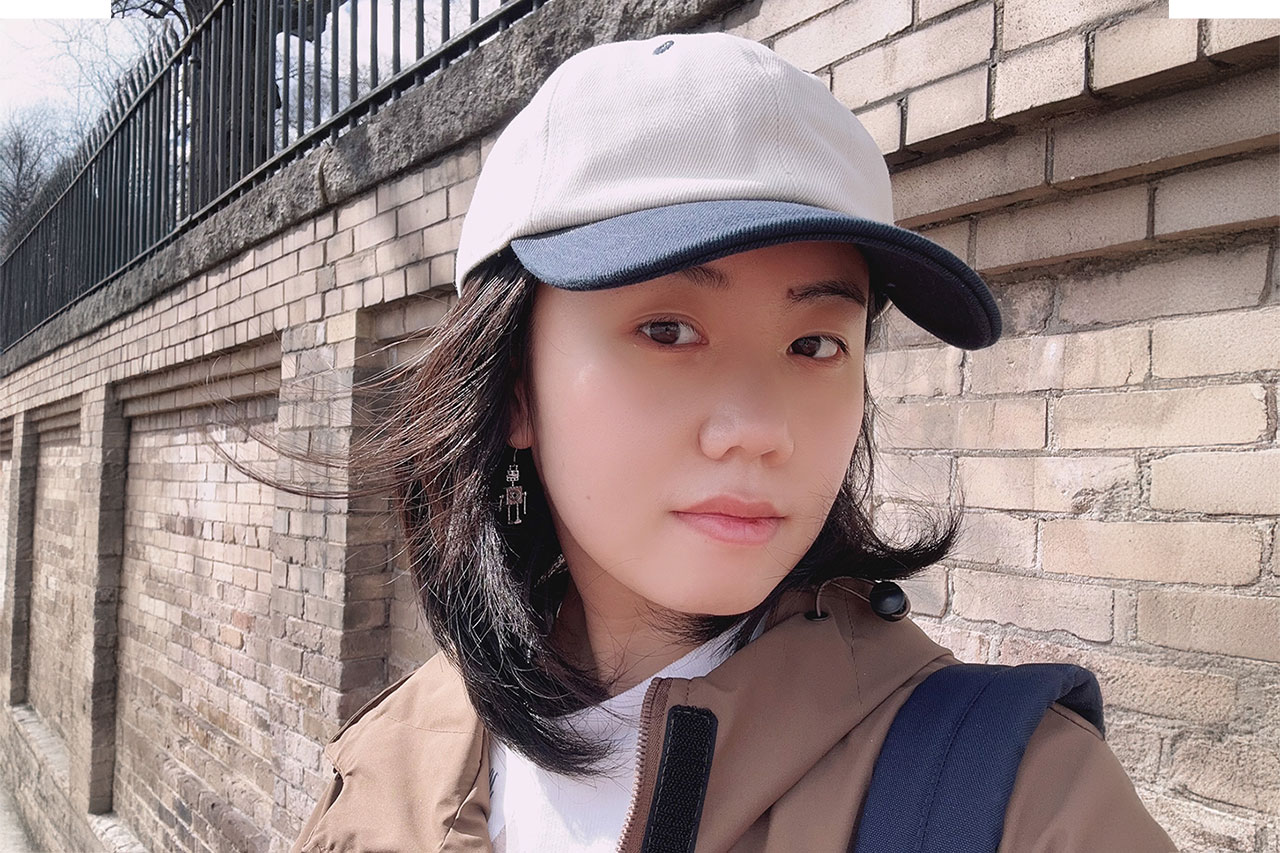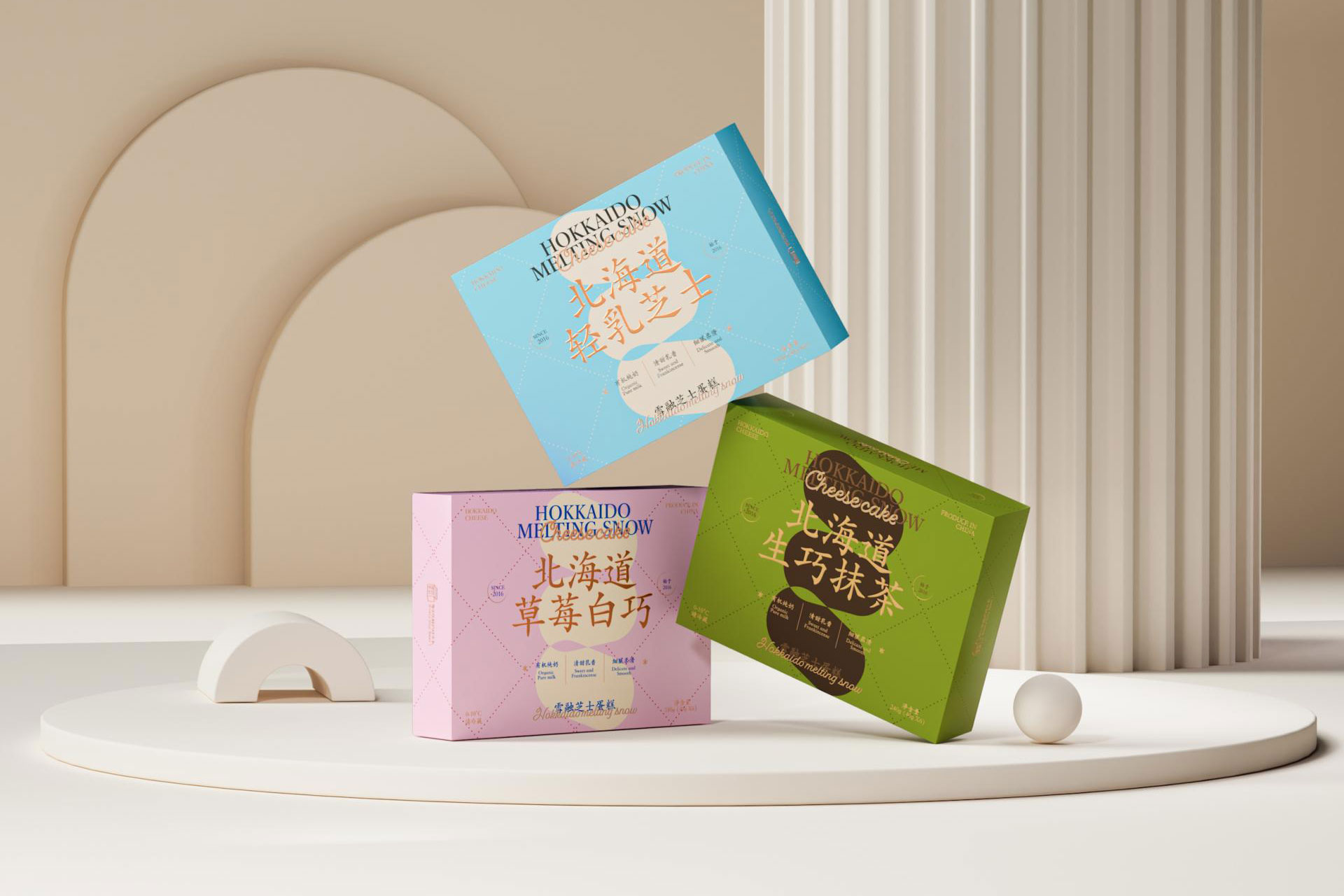Interview with Yameng Wang from the United States

Interview with Sonal Aggarwal from the United States
July 3, 2024
Interview with Nobuaki Miyashita, CEO of MR STUDIO CO.LTD
July 3, 2024Yameng Wang
Yameng Wang, a graphic designer from China, works between Beijing and Richmond. She specializes in brand and packaging design and directs experimental animations. Her film "One Begat Two" has earned acclaim at international film festivals in the US, Spain, Italy, and more, showcasing her diverse creative skills.
Hey there! My name is Yameng Wang, a graphic designer born and raised in China. Currently, I am based and working between Beijing and Richmond. I specialize in brand and packaging design and I posses a passion for experimental animation directing.
My film "One Begat Two" has garnered recognition in various international film festivals across the United States, Spain, Italy, and more, showcasing my diverse creative talents.
Going back to my childhood, I actually aspired to be a painter. My initial fascination with the concept of art stemmed from visiting art galleries during my youth. At that time, there was significant cultural exchange between China and the outside world. Beautiful works by renowned artists like Van Gogh and Picasso sporadically appearing in various galleries.
I vividly recall the moment when I first saw the enormous painting "The Roses of Heliogabalus," and I was deeply struck by the mountainous, opulent, almost suffocatingly rich pink roses. So, at that point, I picked up my drawing pencil and began creating my art. However, it soon became apparent that I lacked some talent and concentration in this field. Consequently, when applying for university, I compromised and chose graphic design.
Fortunately, though I've made some "fruitless" choices in my life so far, it seems that I indeed selected the most suitable discipline for me. Today, based in the United States and China, I work as a freelance designer, striving to be an engaging creator.
For me, design is fundamentally about problem-solving. As a designer, I strive to minimize personal influence and prioritize meeting the needs of the client. While art is a medium for self-expression, design serves a functional purpose. When a designer's personal expression overshadows the client's requirements, the design risks becoming self-indulgent.
However, it's essential to recognize that some clients may not articulate their needs clearly. In such cases, it falls on the designer to identify the problem and propose effective solutions. This doesn't mean design should lack personality or self-expression entirely. On the contrary, I believe there's room for exploration, particularly in personal projects or non-commercial endeavors.
One such project I cherish revolves around the concept of "slowness," specifically themed around "slow reading." The project featured a pitch-black website, with the user's cursor acting as the sole source of light. As users moved the mouse, hidden text emerged from the darkness, reminiscent of ancient times when exploration occurred slowly by the flicker of a torch or candle.
Additionally, two insects crawled across the interface, continuously chasing the cursor's movement. This project aimed to challenge conventional graphic design practices that prioritize grabbing user attention through bold text and bright colors. It invited users to read slowly, and use dim light and hidden text to evoke our curiosity and common memory: using candles and torches to slowly understand and explore the world in the dark ages.
Though preferences can vary, I find myself currently drawn to the work of Nod Young. His designs possess an intuitive, classic quality that effectively communicates information. A standout example is his recent brand identity overhaul for SONG SHAN Cotton Store, a prominent clothing chain specializing in cotton apparel.
The refreshed logo for SONG SHAN Cotton Store features an organic, irregular polygon reminiscent of pine tree crowns or irregular mountain rocks. Complementing this, lush green pine forest imagery adorns the product packaging. The cohesive packaging and visual identity system evoke a serene connection to nature and an expansive Eastern aesthetic. Young's work beautifully captures the essence of the brand, infusing it with a sense of tranquility and authenticity.
In commercial projects, my first step always involves understanding my client's needs. The initial communication phase is pivotal because many clients may have a vague idea or blurred image of what they want, requiring guidance to clarify their needs. Thus, I often assist clients in analyzing their requirements to establish a shared understanding of the problem the design should solve.
Once the client's objectives are clarified, I proceed to the creative phase. Typically, this involves researching competitors and analyzing the core users of the product based on the client's needs. I then tailor the design to either the user profile or a prominent feature of the project itself.
For example, in a city branding project for the Qiaokou district of Wuhan city, the area was undergoing a transition to become an eco-friendly commercial hub, surrounded by the Yangtze River. The local government sought a new area logo that reflected its rich commercial history while exuding modern freshness. To meet this objective, I developed a vibrant urban brand color called "Qiaokou Green," inspired by the local hydrological features.
Additionally, I incorporated a circular shape reminiscent of ancient Qing dynasty coins to highlight the district's 600-year-old commercial heritage. Supporting graphics included highly abstracted water ripples, evoking a sense of modernity, vibrancy, and freshness.
Undoubtedly, yes. While my design works may not always feature overt and specific Chinese elements, Chinese and Japanese aesthetics deeply influence my work.
Concepts such as Chinese Zen and Japanese Wabi-sabi, with their contemplation of human spirituality and the harmonious relationship with nature, have always played a significant role in shaping my design approach. I am consistently drawn to the serene, beautiful, and subtly sophisticated qualities that define Eastern design aesthetics. In particular, I'm captivated by the idea that true mastery often appears effortless, embodying the essence of Eastern design philosophy.
I envision that AIGC will play a significant role in future design work, seamlessly integrating into designers' workflows much like the Adobe suites do currently. It will become an indispensable tool, particularly in the initial stages of creative ideation and the later stages of product photography and rendering image editing.
With the advancements seen in ComfyUI, designers can now effortlessly replace backgrounds in posters and visual materials, enhancing efficiency and creativity. Furthermore, UI/UX design will continue to evolve, extending into the realms of virtual reality (VR) and augmented reality (AR). Font designers will adapt to these new mediums, creating fonts specifically tailored for the virtual worlds existing within VR wearable equipment.
Reading books and articles, even those outside the realm of design, is invaluable for expanding one's horizons and honing the ability to synthesize and refine information.
This skill is crucial for any outstanding designer. Additionally, platforms like YouTube offer a wealth of free courses covering a wide range of technical skills. With these resources readily available, designers have ample opportunities to continuously enhance their expertise and stay at the forefront of their field.
Alright, let me share a little secret. While I've been telling everyone about my love for skiing to portray my adventurous side, the truth is, I've only been skiing about five or six times, mostly during my school days. Back then, I found skiing enjoyable and was fairly proficient at it.
However, as time passed, I suspect I may have lost some of my skills, and I anticipate a few bumps and bruises as I get back into it. Nevertheless, this winter, I'm determined to reignite my passion for skiing, no matter the challenges. Here's to hoping I can pick up where I left off and create new memories on the slopes. Wish me luck!
Yameng Wang
Yameng Wang, a graphic designer from China, works between Beijing and Richmond. She specializes in brand and packaging design and directs experimental animations. Her film "One Begat Two" has earned acclaim at international film festivals in the US, Spain, Italy, and more, showcasing her diverse creative skills.
Read more about this interview with Sonal Aggarwal from the United States, the Gold Winner of the 2024 MUSE Design Awards.


